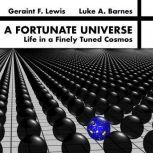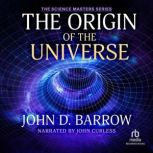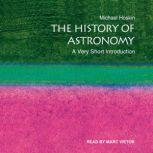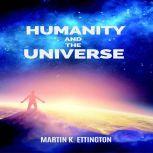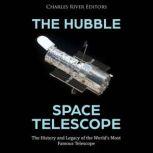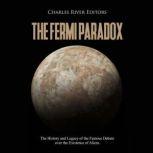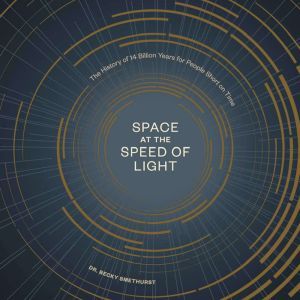
Details
Space at the Speed of Light: The History of 14 Billion Years for People Short on Time
Author: Dr. Becky Smethurst
Narrator: Dr. Becky Smethurst
Unabridged: 2 hr 5 min
Format: Digital Audiobook
Publisher: Random House Audio
Published: 06/02/2020
Genre: Science - Astronomy
Synopsis
From the big bang to black holes, this fast-paced tour of time and space for the astro-curious unlocks the science of the stars to reveal fascinating theories, surprising discoveries, and ongoing mysteries in modern astronomy and astrophysics.
Before the big bang, time, space, and matter didn't exist. In the 14 billion years since, scientists have pointed their telescopes upward, peering outward in space and backward in time, developing and refining theories to explain the weird and wonderful phenomena they observed. Through these observations, we now understand concepts like the size of the universe (still expanding), the distance to the next-nearest star from earth (Alpha Centauri, 26 trillion miles) and what drives the formation of elements (nuclear fusion), planets and galaxies (gravity), and black holes (gravitational collapse). But are these cosmological questions definitively answered or is there more to discover?
Oxford University astrophysicist and popular YouTube personality Dr. Becky Smethurst presents everything you need to know about the universe in ten accessible and engaging lessons. In Space at the Speed of Light: The History of 14 Billion Years for People Short on Time, she guides you through fundamental questions, both answered and unanswered, posed by space scientists. Why does gravity matter? How do we know the big bang happened? What is dark matter? Do aliens exist? Why is the sky dark at night? If you have ever looked up at night and wondered how it all works, you will find answers--and many more questions--in this pocket-sized tour of the universe!
by Geraint F. Lewis and Luke A. Barnes
Over the last forty years, scientists have uncovered evidence that if the Universe had been forged with even slightly different properties, life as we know it - and life as we can imagine it - would be impossible. Join us on a journey through how we...
Published: 12/21/2017
by Martin K. Ettington
This book is the seventh volume of “The Living in Space Series”. Each volume focuses on one particular technology of living in space.In this book the focus is on spaceships used to access and travel in space. In my research I was pretty ...
Published: 09/24/2020
by John D. Barrow
There is no more profound, enduring or fascinating question in all of science than that of how time, space, and matter began. Now John Barrow, who has been at the cutting edge of research in this area and has written extensively about it, guides us ...
Published: 06/29/2018
by Charles River Editors
When people look up into the night sky, the stars seem fixed and immutable, as unchanging as the darkness of space itself, but the truth is that stars are born, live and die in a never-ending cycle of creation and annihilation. These cycles stretch...
Published: 01/27/2021
by Michael Hoskin
This is a fascinating introduction to the history of Western astronomy, from prehistoric times to the origins of astrophysics in the mid-nineteenth century. Historical records are first found in Babylon and Egypt, and after two millennia the arithme...
Published: 06/08/2021
by Martin K. Ettington
The Universe is a very big place and has many mysteries. Most people don't realize just how mysterious it is. Scientists are stumped by many of the conundrums which Astronomy reveals. In this book I want to give readers a sense of the grandeur,...
Published: 06/04/2019
by Charles River Editors
On April 24, 1990, the Space Shuttle Discovery lifted off from Kennedy Space Center on the Space Shuttle Program’s 35th mission, but this was no ordinary mission. In its payload bay, Discovery was carrying the Hubble Space Telescope, with the...
Published: 04/16/2021
by Scientific American
For going on two decades, Scientific American’s “Ask the Experts” column has been answering reader questions on all fields of science. We’ve taken your questions from the basic to the esoteric and reached out to top scientist...
Published: 11/24/2020
by Charles River Editors
Naturally, as technological advances and the creation of flying aircraft became realities, the sighting of UFOs increased, as did the interest in potential contact with aliens. While incidents like the one at Roswell led to conspiracies and a craze...
Published: 12/09/2020

